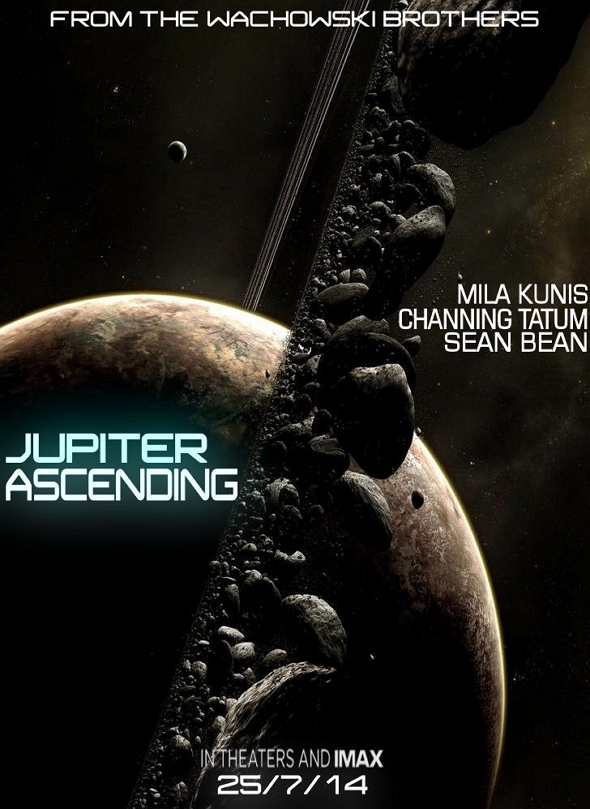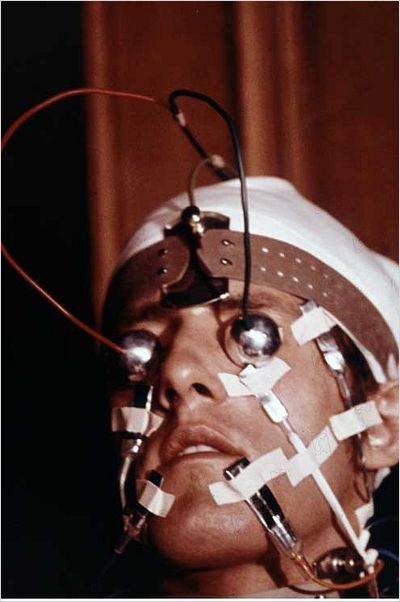| Jackson Pollock |
"Not satisfied with black and white stills, Namuth wanted to create a
color film that managed to focus on Pollock and his painting at the same
time, partially because he found more interest in Pollock's image than
in his art. His solution was to have Pollock paint on a large sheet of
glass as Namuth filmed from underneath the work. As Namuth could not
afford professional lighting, the film was shot outside Pollock's Long
Island home. This documentary (co-produced with Paul Falkenberg) is
considered one of the most influential for artists."
"In November 1950, Namuth and Pollock's relationship came to an abrupt conclusion. After coming in from the cold-weather shoot of the glass painting, Pollock, who had been treated in the 1930s for alcoholism, poured himself a tumbler of bourbon whiskey after supposedly having been sober for two years. An argument between Namuth and Pollock ensued with each calling the other a "phony", culminating in Pollock overturning a table of food and dinnerware in front of several guests.
"In November 1950, Namuth and Pollock's relationship came to an abrupt conclusion. After coming in from the cold-weather shoot of the glass painting, Pollock, who had been treated in the 1930s for alcoholism, poured himself a tumbler of bourbon whiskey after supposedly having been sober for two years. An argument between Namuth and Pollock ensued with each calling the other a "phony", culminating in Pollock overturning a table of food and dinnerware in front of several guests.












![1339149152_jpeg-14818E004C6DEA62-20120607-img_36915820_1984105_1_dpa_Pxgen_r_630xA[1]](http://ilinfernodotcom.files.wordpress.com/2012/06/1339149152_jpeg-14818e004c6dea62-20120607-img_36915820_1984105_1_dpa_pxgen_r_630xa1-e1341042041495.jpg?w=640)